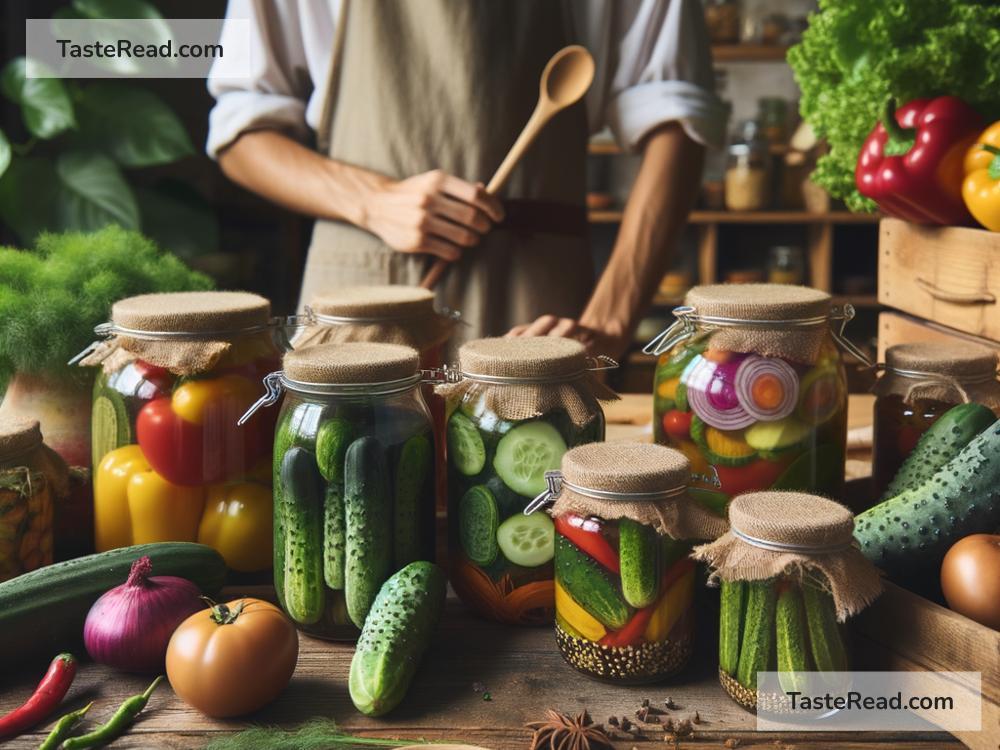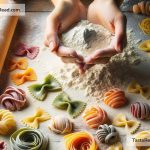Mastering the Art of Homemade Pickles and Preserves
In the world of culinary arts, making homemade pickles and preserves holds a special place. It’s not just an age-old practice of food preservation; it’s a craft, a blend of science and art, that has been perfected over centuries. For those looking to elevate their pickling and preserving game, mastering some advanced techniques can transform simple recipes into gourmet delights. Let’s explore these techniques that can help you create an array of flavorful, crunchy pickles and delicious, vibrant preserves right in your kitchen.
Start with the Right Ingredients
The foundation of great pickles and preserves lies in the quality of ingredients used. Always opt for fresh, firm fruits and vegetables. For pickles, vegetables like cucumbers, carrots, and green beans should be crisp. For preserves, fruits should be ripe but not overripe, as they will affect the texture and flavor of the final product.
Understanding the Brine Solution
The brine solution, a mix of vinegar, water, and salt, is crucial for pickling. The acid in vinegar acts as a preservative, while salt enhances flavor and crispness. To take your pickles to the next level, experiment with different types of vinegar (apple cider, white wine, or rice vinegar) or even a combination of them. Adding sugar to the brine can balance the acidity, creating a sweet and sour taste profile.
Spices and Seasonings: The Flavor Makers
Spices and herbs are the soul of pickles and preserves. While dill, garlic, and mustard seeds are classic choices for pickles, don’t be afraid to get creative. Experiment with spices like turmeric, cinnamon, or cloves to discover unique flavor combinations. Similarly, for preserves, play with different spices, like vanilla, star anise, or cardamom, to intensify the fruit flavors.
The Art of Fermentation
Fermentation is a time-honored technique that not only preserves but also enhances the nutritional value and flavor of pickles. Unlike quick pickling, fermented pickles are made by allowing natural bacteria to ferment the vegetables in a saltwater brine, a process that can take anywhere from a few days to weeks. This method produces pickles with a complex flavor profile and probiotic benefits. Make sure to monitor the fermentation process closely to avoid any spoilage.
Mastery over Sugar Syrups for Preserves
The sugar syrup in preserves plays a dual role in sweetening and preserving the fruit. The key to a perfect preserve lies in the consistency of the syrup. For a thicker syrup, use a higher ratio of sugar to water. For fruit preserves that are clearer and lighter, consider a lower sugar concentration. Remember, the cooking time will also affect the consistency; longer cooking results in a thicker preserve.
The Importance of Sterilization
Sterilization is crucial in pickling and preserving to prevent bacterial growth and ensure the longevity of your products. Always sterilize jars and lids before filling them with your pickles or preserves. This can be done by boiling them in water for about 10 minutes. Similarly, ensure your hands and any utensils used are clean to maintain hygiene.
Perfecting the Sealing Process
A proper seal is necessary to protect the pickles and preserves from air and bacteria, extending their shelf life. Once the jars are filled, wipe the rims clean, place the lids on top, and screw on the bands. For an extra layer of protection, process the jars in a boiling water bath for about 10-15 minutes. This will ensure that the jars are airtight and ready for storage.
Creative Packaging and Storage
Finally, the presentation and storage of your homemade pickles and preserves can add an extra touch of charm. Use labels to note the type and date of production. Store your jars in a cool, dark place to maintain their quality. Homemade pickles and preserves also make delightful gifts that showcase your culinary prowess.
Conclusion
The journey of making homemade pickles and preserves is as rewarding as it is flavorful. By mastering these advanced techniques, you can elevate simple fruits and vegetables into preserved delicacies that capture the essence of seasons. Remember, the key to excellence in this craft lies in experimentation and patience. So, dive into the world of pickling and preserving, and let your culinary creativity shine.


